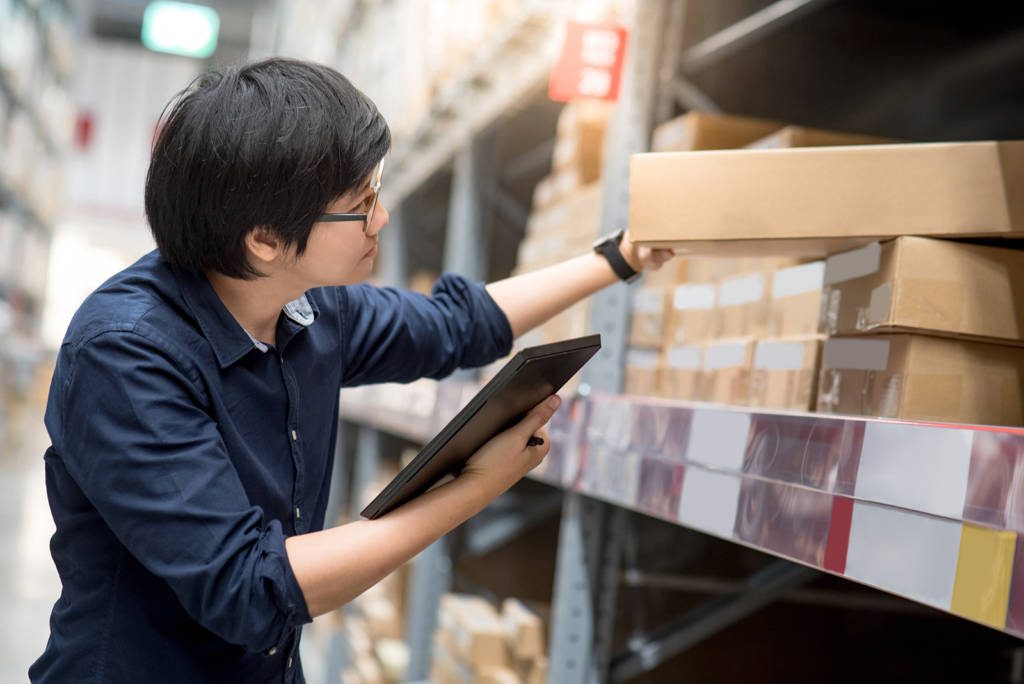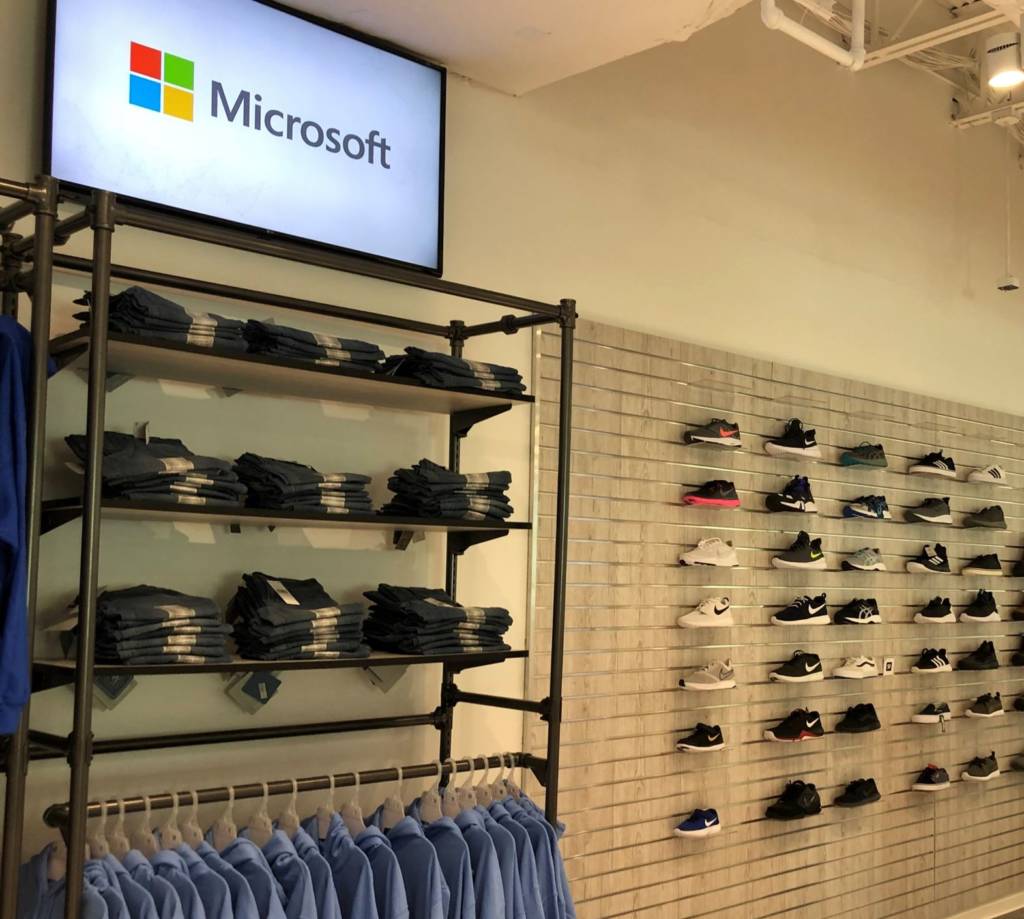Spring Clean: Creating Supply Chain Efficiency
The COVID-19 pandemic resulted in unprecedented complications to supply chains globally, with virtually no industry left untouched by the ramifications of the pandemic. It has resulted in various challenges for the global supply chain but perhaps the most significant of these are the changes to buyer-supplier relations, as well as the shift that has seen business continuity and survival take precedence over costs. This year has seen some emerging signs of supply chain recovery across the Eurozone and U.S., but even with pockets of improvement there is a substantial journey to re-establishing a true global supply chain operating with pre-pandemic lead times.
External shocks to the global supply chain
With almost a third (30%) of UK retailers reporting supply chain disruption over the last few years, long-term impacts of recent global events on supply chains can be expected. Despite the lifting of many restrictions across the UK and other key traders over the past months, surging Omicron cases in other areas of the world such as China – the world’s top manufacturer – present renewed issues.
In addition to previous supply chain shocks, situations such as Russia’s invasion of Ukraine present renewed issues for the global supply chain. The array of economic sanctions designed to immobilize the Russian economy is expected to have their own impacts on the supply chain, and retail more generally. Hikes in oil prices and disruption to existing logistics due to humanitarian efforts are likely to be the main symptoms of supply chain disruption and retailers need to be prepared as the impact of the conflict is felt long-term.
Retail is recovering
Fortunately for retailers, an industry-wide V-shaped recovery has been witnessed over the past few years, largely driven by an increase in foot traffic and the resilience of consumer confidence. Additionally, supply chains appear to have bounced back despite the ramifications of the past few years, but with a “new normal” that suppliers and retailers alike will have to adjust to. Reflecting on this, logistics giant DHL proposes that the recovery of both supply chains and the retail industry relies upon resilience, consistent levels of demand, and effective transportation and warehousing. The company also recognizes the importance of retail technology during this period of recovery, with automated warehousing and stocking being recognized as vital throughout uncertain trading periods.
RFID in retail
Retailers may want to look at technology and systems which can help them mitigate any impacts from the pandemic and other external uncertainties. RFID technology in retail can help retailers overcome inventory tracking challenges while simultaneously reducing environmental impact and costs. It is more important than ever to have a clear and accurate view of what you own to navigate item-level supply chain dynamics that were once taken for granted. Engaging with an experienced RFID provider in the supply chain sets the foundation for future profitability and success in enterprise inventory visibility for the future.
To find out more about how RFID can grow your retail business, contact info@sml-rfid.com










